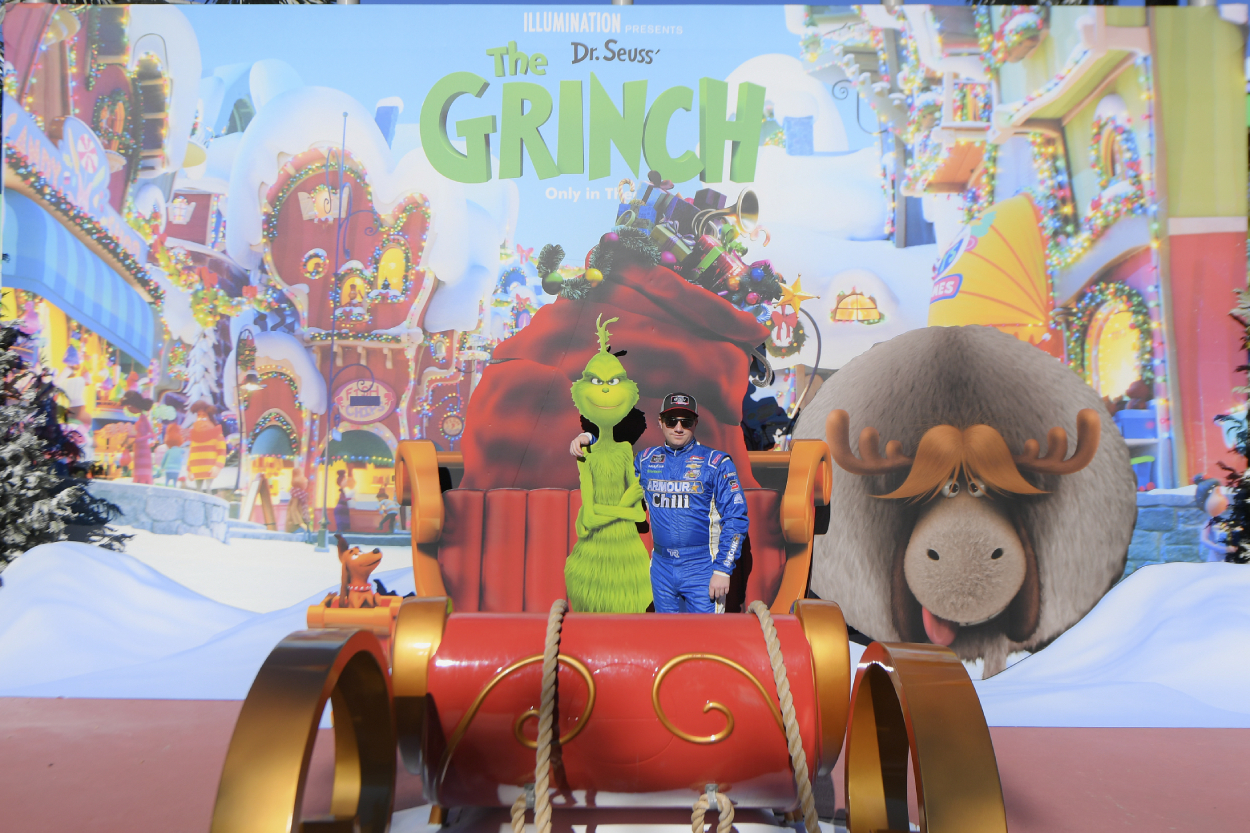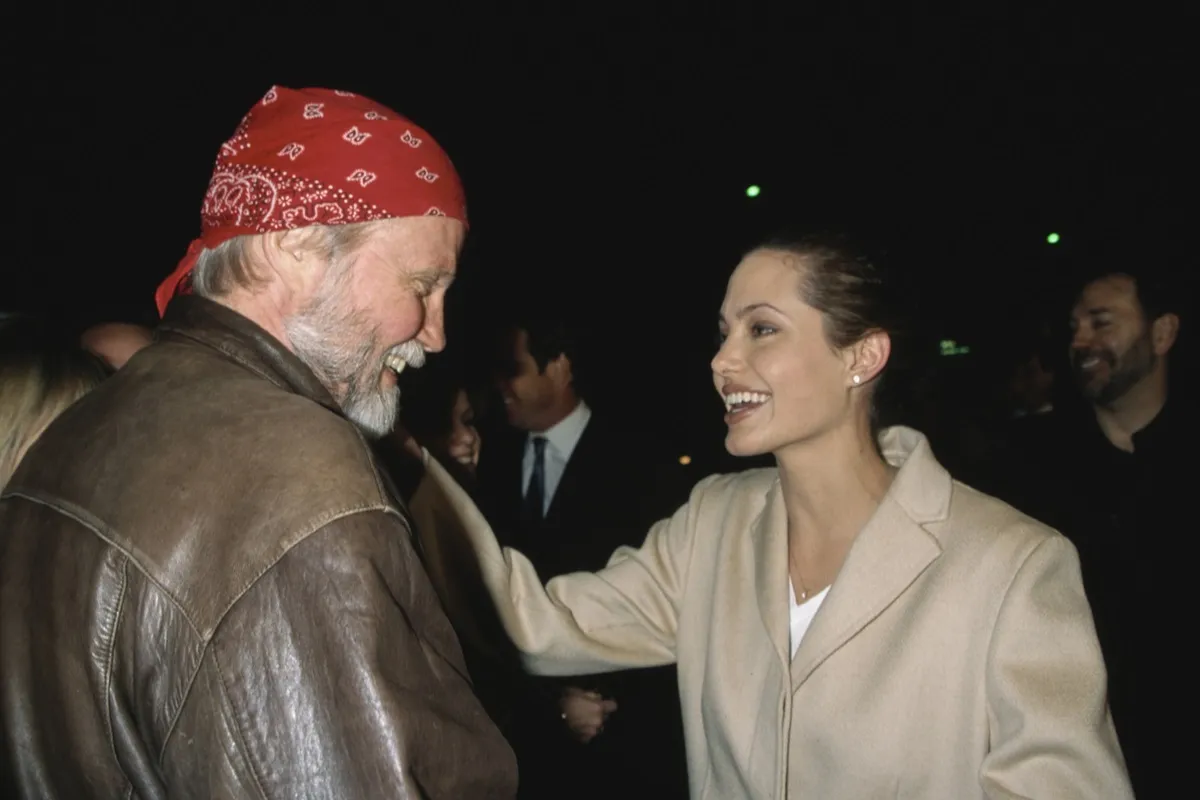This ‘Grinch’ Movie Beats the Others
Christmas is a season wrapped up in nostalgia and tradition. Whether it’s hot cocoa filled with marshmallows, shiny presents under a freshly decorated tree, or sledding down the best hill in town, many people turn to the winter festivities as a way to get in touch with their own childhood memories, and many of the family favorite holiday films play heavily into this fact.
Even when we do get new films, they often use familiar faces to help connect us to those Christmas traditions, and that’s certainly the case with the Grinch, a character who has now starred in three holiday films. When the versions are laid out side-by-side, most fans agree that there’s no dispute. One is definitely better than the other two.

The Grinch is a character created by Dr. Seuss
Theodor Seuss Geisel is best known by his pen name Dr. Seuss, and he was a well-known children’s illustrator and writer who created a whimsical world full of books beginning in 1937. According to Biography.com, Geisel’s career leading up to children’s book included crafting political cartoons and working in advertising for Standard Oil, but it was the world of juvenile literature where he really came to life.
Though Geisel never had children himself, he penned more than 60 books aimed at youngsters, and many of them have remained classics for decades.
Among these treasured tales from Dr. Seuss is How the Grinch Stole Christmas, a 1957 book set in fantastical Whoville. The Whos are a peaceful, loving bunch, but up on the hill overlooking their town is the Grinch, a monstrous grump who wants nothing more than to spoil their holiday fun.
The Grinch schemes to do just that by sneaking into the village and snatching up all the presents, certain that the town will be joyless as a result. When the holiday celebration goes on even without the gifts, the Grinch learns a lesson about the true meaning of Christmas, and his heart grows several sizes as he finally changes his grumpy tune.
The Grinch has starred in three film adaptations
The book was well-received, but it was the 1966 animated film adaptation that made it a Christmas classic. Voiced by Boris Karloff, the made-for-TV film was full of charm and humor, and kids and adults alike fell for the tale of the Grinch and his Christmas lesson.
It would be decades before the Grinch would get another film, but in 2000 an adaptation from famed director Ron Howard premiered. While the 1966 original was a faithful translation of the original book with a 26-minute run time, 2000’s live-action version stretched out for an incredible 104 minutes, giving its star Jim Carrey — who donned elaborate costuming to play the titular role — room to explore the backstory of just how the Grinch got so . . . grinchy.
Finally, the film was redone once more in 2018. This time it returned to its animated roots, but still ran for 85 minutes, providing more developed secondary characters and a star-studded cast that included Benedict Cumberbatch in the title role and Pharrell Williams as the narrator.
The classic ‘Grinch’ movie beats the rest
We’ve seen three different takes with very different results, but fans are still overwhelmingly most impressed with the original version. Sure, it’s shorter and simpler, but maybe that’s the point.
The 2000 version has been particularly maligned, receiving a paltry 49% on the Rotten Tomatoes scale. Critics have pointed to the live-action element as a big part of the flop.
While the 1966 animation was a faithful interpretation of Seuss’ original, angularly-drawn characters, they didn’t transfer onto actual people well, and the results were creepy rather than charming. On top of that, Jim Carrey plays the Grinch as a mischievous trickster, which is a wild departure from the lonely grump we’re introduced to in the source material.
The 2018 version returns the Grinch to his grumpy self, but it adds an element of emotional depth. As ScreenRant explains, we’re treated to a look into the Grinch’s past and “[n]ot only does he have a greater capacity for growth; he also has an adorable look, both as a child and an adult.”
This version earned a 60% on the Rotten Tomatoes scale, enough to — barely — get it a “fresh” rating. Critics pointed out that it lacked substance, a sign that perhaps the tale of the Grinch is just not meant to be a full-length endeavor.
The 1966 version, though, with its charming simplicity, is still a crowd favorite. It enjoys a rare and coveted 100% rating on the Rotten Tomatoes scale, making it a true Christmas classic.


